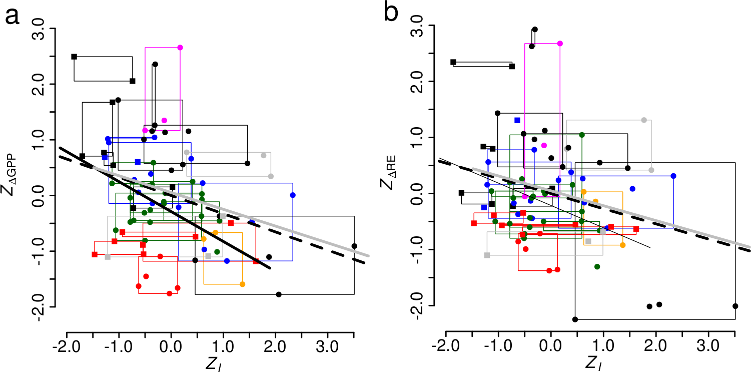Welcome to our comprehensive guide on journaling trades, a powerful tool that can transform your investing success. In this article, we will explore the importance of trade journals, how to create an effective journal, what information to include, and how to analyze and improve your trading strategies using your journal.
A trading journal is a record-keeping system that allows investors to document their trades in detail. It serves as a repository of valuable information, providing insights into trading decisions, outcomes, and lessons learned.
Keeping a trade journal offers numerous benefits for investors of all experience levels. It helps track progress, identify strengths and weaknesses in strategies, analyze patterns and trends, enhance decision-making skills, and ultimately improve overall performance.
The Importance of Journaling Trades
Maintaining a trade journal is vital for investors, offering a multitude of benefits. By diligently documenting trades, investors gain clarity and an objective perspective on their actions and decisions. This helps uncover patterns or biases that may impact profitability.
Trade journals are invaluable for analyzing and improving trading strategies. Regularly reviewing past trades provides valuable data to evaluate strategies objectively. It allows traders to identify areas for improvement, refine criteria, and adjust risk-reward ratios based on historical performance.
Trade journals also foster disciplined trading habits, reducing impulsive decisions driven by emotions. Countless success stories showcase how novice traders turned losses into profits by learning from their mistakes through trade journaling. Seasoned professionals rely on trade journals to fine-tune their strategies for maximum returns.
Creating a Trading Journal
Maintaining a trade journal is crucial for traders looking to improve their skills and track progress. Choose between digital or physical formats based on preference and convenience. Digital options offer ease of organization and analysis, while some prefer the tactile experience of pen and paper.
Explore various options such as spreadsheets, dedicated apps, or custom-made templates. Organize your journal effectively by categorizing trades, including market notes, and developing a consistent format for entry/exit details.
A well-structured trading journal provides valuable insights for refining strategies and making informed decisions in the future.
What to Include in Your Trade Journal
To improve your trading performance, it’s crucial to maintain a detailed trade journal. Here are key elements to include:
- Date and time of the trade: Easily reference and analyze patterns.
- Instrument traded: Identify which assets perform better under different market conditions.
- Entry and exit prices: Evaluate timing accuracy and identify areas for improvement.
- Quantity/position size: Gain insights into risk management strategies and optimal position sizing.
- Reason for entering the trade: Assess the effectiveness of analysis methods over time.
- Stop-loss and take-profit levels: Evaluate risk management decisions during volatile market conditions.
- Notes on market conditions or catalysts influencing the trade: Provide context for future analysis and decision-making.
Maintaining a comprehensive trade journal with these elements will provide valuable insights into your trading activities, helping you make informed decisions and improve your overall performance as a trader.
Analyzing Your Trades: Lessons Learned
Regularly reviewing past trades is essential for investors to gain valuable insights into their decision-making processes and identify recurring mistakes or successful strategies. By following a step-by-step process, you can effectively evaluate your trades:
- Analyze profitability – Calculate profit/loss ratios and overall return on investment to determine the effectiveness of your trading strategies.
- Evaluate entry and exit points – Assess timely decisions or adjustments needed during the trade.
- Review risk management – Evaluate if stop-loss levels were appropriate based on actual outcomes.
- Assess trading psychology – Reflect on emotions during the trade and their impact on decision-making.
- Identify patterns and trends – Look for repetitive mistakes or successful strategies to modify your approach accordingly.
- Document lessons learned – Summarize key takeaways to avoid repeating errors and apply successful strategies in future trades.
By consistently analyzing your trades, you can refine your approach, minimize mistakes, and improve your overall trading performance.
Improving Your Trading Strategy Using a Trade Journal
Maintaining a trade journal is crucial for traders looking to enhance their strategies. By recording and analyzing trading activities, valuable insights can be gained to refine and optimize approaches over time. A trade journal acts as a treasure trove of information, offering a comprehensive record of past trades and outcomes.
By actively utilizing these insights, traders can make adjustments to improve risk-reward ratios, refine entry/exit criteria, and modify position sizing techniques for better risk management. Analyzing past trades helps identify patterns and trends that inform future decision-making, resulting in enhanced performance in the market.
Overcoming Challenges in Maintaining a Trade Journal
Consistency can be challenging when it comes to maintaining a trade journal. Addressing common obstacles such as time constraints, forgetfulness, and lack of motivation is crucial. Practical strategies like setting reminders and integrating journaling into a daily routine can help overcome these challenges.
Additionally, seeking tips from experienced traders who have successfully maintained trade journals can provide valuable insights and motivation to stay committed to this practice. By implementing these strategies, traders can effectively track and analyze their trades for improved performance and decision-making.
Leveraging Technology: Trade Journal Apps and Tools
Trade journal apps and tools are invaluable for traders looking to optimize their performance in today’s fast-paced market. These user-friendly applications simplify the journaling process by offering features like automatic data import, report generation, and advanced analytics.
By seamlessly importing data from brokerage accounts, generating visual reports of trading patterns, and providing detailed performance analysis, these apps streamline record-keeping and empower traders to make data-driven decisions.
Leveraging technology through trade journal apps is a powerful way to enhance trading practices and improve overall performance.
[lyte id=’qefG3V0qfck’]






